17+ ABCD Goal Examples to Download
In the realm of personal and professional development, setting clear and achievable goals is paramount. Goals provide a roadmap to success, guiding us towards our desired outcomes. One effective method for setting goals is the ABCD Goal Format. This format is a comprehensive approach that ensures goals are specific, measurable, and attainable. It is a powerful tool that can be used in various contexts, from setting career goals to defining long-term goals.
bb_toc content=”][/bb_toc]
1. ABCD Model Goal Example

rsisinternational.org
2. ABCD Project Goal Example
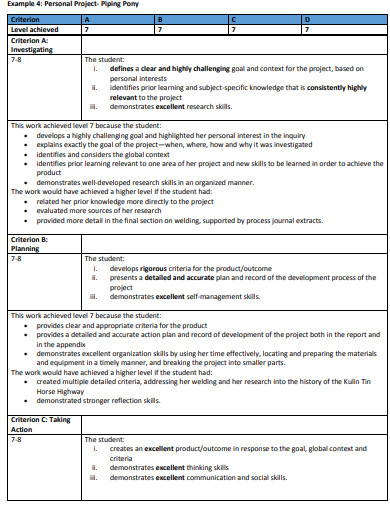
ibmypnorthatlanta.weebly.com
3. ABCD Goal Format

ijcrme.rdmodernresearch.com
4. ABCD Learning Objectives Goal Example

teachpsych.org
5. ABCD Goal Plan Example
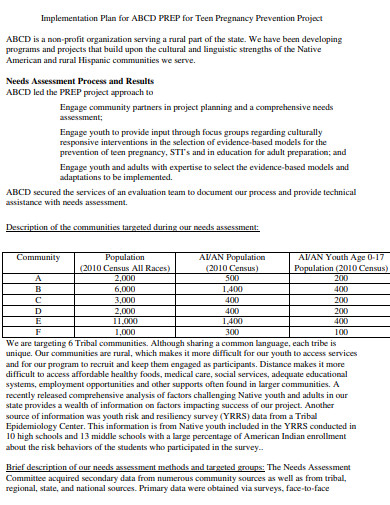
acf.hhs.gov
6. Formal ABCD Goal Example
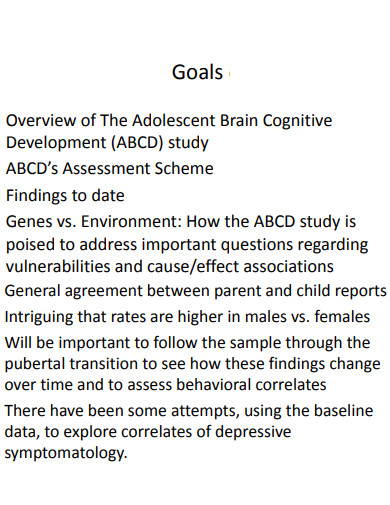
practicetransformation.umn.edu
7. ABCD Goal Writing Example

abcdstudy.org
8. Physical Therapy ABCD Goal Example

afi-global.org
9. ABCD Measurable Goal Example
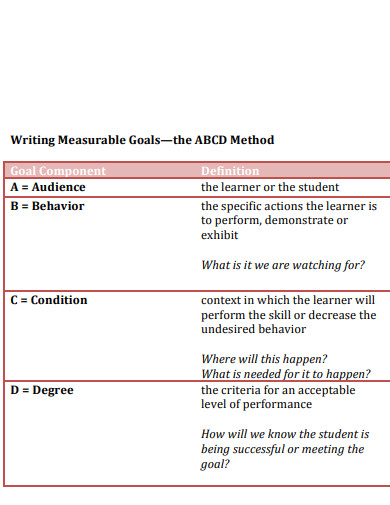
k12engagement.unl.edu
10. ABCD Objectives Goal Example
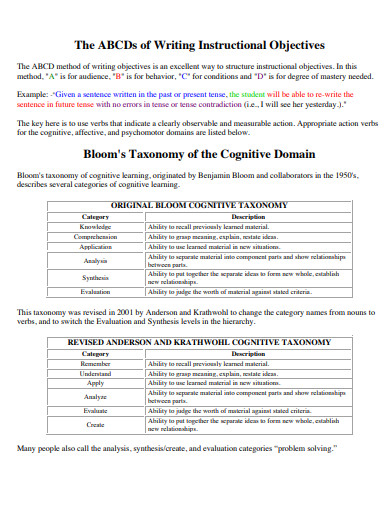
piper.healthsci.mcmaster.ca
11. Occupational Therapy ABCD Goal Example

hlg.edu
12. Learning Outcomes ABCD Goal Example
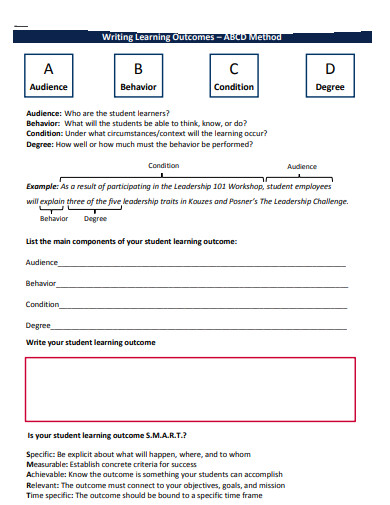
vcsa.ucsd.edu
13. General ABCD Goal Example
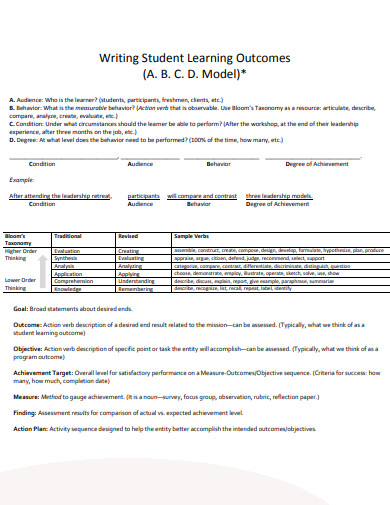
dsasp.tamu.edu
14. Draft ABCD Goal Example
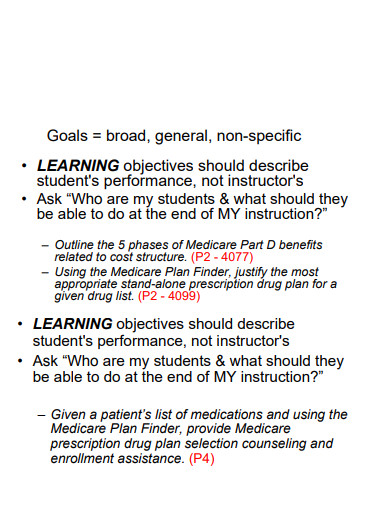
ulm.edu
15. ABCD Goal Lesson Plan Example
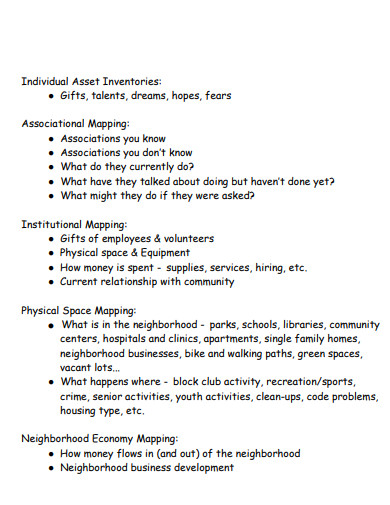
resources.depaul.edu
16. ABCD Goal Worksheet Example
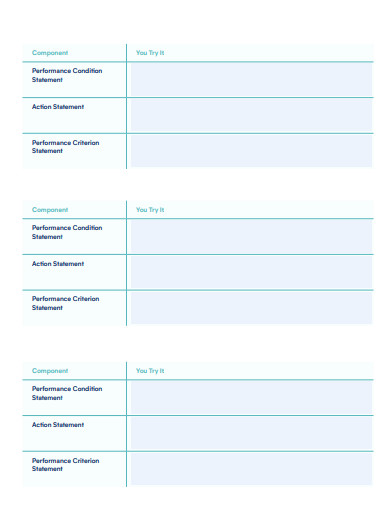
f.hubspotusercontent30.net
17. Simple ABCD Goal Example
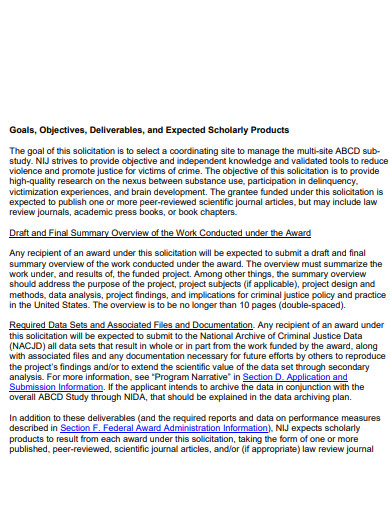
nij.ojp.gov
18. Free ABCD Goal Example

assessment.uncg.edu
What is ABCD Goal
The ABCD Goal Format is an acronym that stands for Audience, Behavior, Condition, and Degree. It is a structured approach to goal setting that ensures clarity and specificity. The ‘Audience’ refers to the person or group who will achieve the goal. ‘Behavior’ is the action that the audience will take. ‘Condition’ describes the circumstances under which the goal will be achieved, and ‘Degree’ indicates the standard or level of achievement. This format is a more detailed version of the Smart Goal Format, providing a clear and concise framework for setting and achieving goals.
How to Write an ABCD Goal Format
Before we delve into the steps of writing an ABCD Goal Format, it’s important to understand that this method is designed to provide a clear, actionable path towards achieving your goals. Whether you’re setting business goals, career goals, or personal learning objectives, the ABCD format can help you define your goals in a way that’s both specific and achievable.
Step 1: Define Your Audience
The first step in the ABCD Goal Format is to define your audience. This could be an individual, a team, or an entire organization. For example, if you’re setting career goals, your audience might be yourself. If you’re setting goals for a business, your audience could be a specific department or the entire company.
Step 2: Specify the Behavior
Next, you need to specify the behavior or action that needs to be taken to achieve the goal. This should be a specific, observable action. For example, if your goal is related to time management, the behavior might be “to complete tasks within the set deadlines.”
Step 3: Describe the Condition
The third step is to describe the condition under which the goal will be achieved. This could be a specific timeframe, a set of circumstances, or a particular environment. For example, if you’re setting a long-term goal, the condition might be “over the next five years.”
Step 4: Determine the Degree
Finally, you need to determine the degree or level of achievement. This is a quantifiable measure that indicates success. For example, in a financial goal, the degree might be “to save $10,000,” as seen in the 10 Financial Goals Examples.
FAQs
1. How does the ABCD Goal Format differ from the Smart Goal Format?
While both formats aim to provide a structured approach to goal setting, the ABCD format goes a step further by including the ‘Condition’ and ‘Degree’ components. This allows for a more detailed and specific goal-setting process.
2. Can the ABCD Goal Format be used for setting leadership goals?
Absolutely. The ABCD Goal Format can be used to set any type of goal, including leadership smart goals. It provides a clear framework for defining what needs to be achieved, under what conditions, and to what degree.
3. How can I track my progress using the ABCD Goal Format?
One effective way to track your progress is by using a goal journal. This allows you to document your goals, track your actions, and measure your progress toward achieving your goals.
The ABCD Goal Format is a powerful tool for setting and achieving goals. By defining the audience, behavior, condition, and degree, this format provides a clear and actionable path toward success. Whether you’re setting personal, professional, or organizational goals, the ABCD format can help you achieve your desired outcomes.


